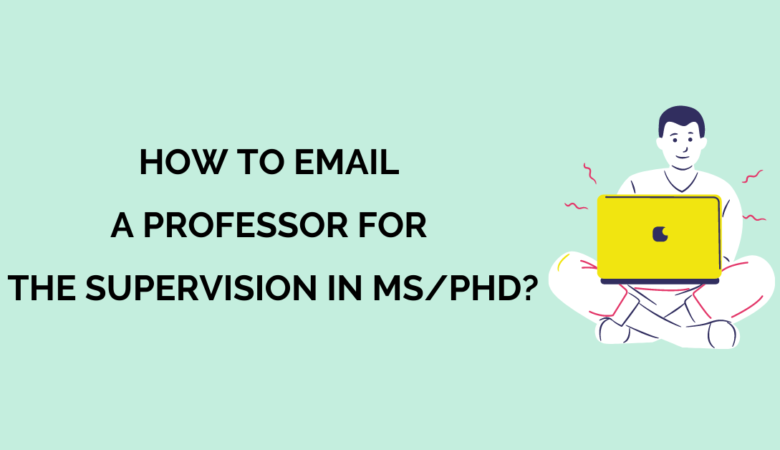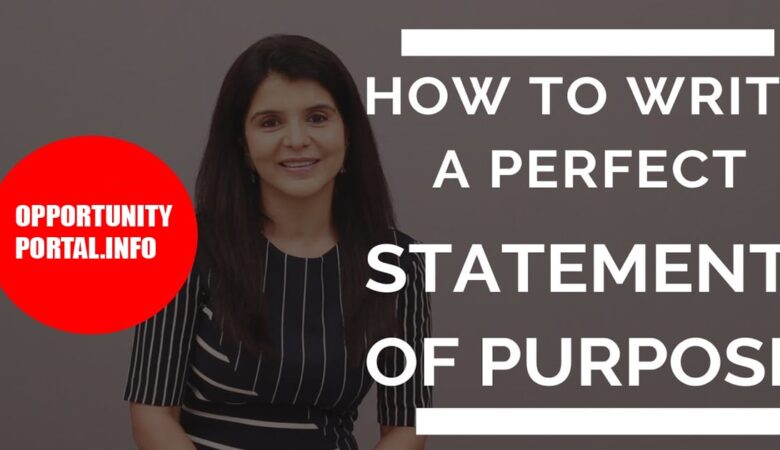Studying Abroad can be a life‑changing experience—immersing you in new cultures, helping you master a foreign language, and building a truly global network. Yet, the rising costs of tuition, travel, and living expenses often deter even the most ambitious students. The good news? Scholarships and financial aid for international students make study abroad far more accessible — no mountains of debt required. Follow these 3 Simple Steps to secure a Study Abroad Scholarship in the USA, Europe, or beyond, and turn your dream of global education into reality.
Step 1: Finding the Right Scholarships
Discovering the perfect scholarship is like striking gold—you must dig smartly. Here’s how to unearth the awards that align with your profile and ambitions:
1.1 Define Your Destination(s)
USA vs. Europe vs. other regions: Each has unique scholarships (e.g., Fulbright in the USA, Erasmus+ in Europe).
Language & Culture: Want to polish your French, German, or Spanish? Target scholarships in France, Germany, or Spain. Craving a deep dive into American campus life? Focus on USA awards.
1.2 Leverage Official Portals & Databases
USA: Explore the U.S. Department of State’s Exchange Visitor Program and Fulbright Commission websites.
Europe: Visit the European Commission’s Erasmus+ portal for Master’s & PhD grants across 33 countries.
Global: Use aggregator platforms like ScholarshipPortal.com, DAAD (for Germany), and IES Abroad.
1.3 University‑Specific Scholarships
Nearly every top USA and European university offers internal grants—from merit‑based to need‑based aid.
Check your dream school’s international admissions page for awards tailored to incoming exchange or degree‑seeking students.
1.4 Departmental & Program‑Level Awards
STEM fields often have dedicated fellowships (e.g., NSF GRFP in the USA, Euraxess in Europe).
Arts, humanities, and social sciences may offer smaller but valuable research grants or teaching assistantships—contact department coordinators directly.
1.5 Demographic & Identity‑Based Scholarships
Minority scholarships: Organizations like the Hispanic Scholarship Fund (USA) or British Council’s GREAT Scholarships for underrepresented regions.
Women in STEM, LGBTQ+, Veteran, or First‑Generation awards exist in both USA and European contexts.
1.6 Employer & NGO Scholarships
Large corporations (e.g., Google, Siemens) sponsor global internships and fellowships.
NGOs like Rotary International and Gates Cambridge provide fully‑funded programs.
Tip: Create a spreadsheet listing each scholarship name, deadline, award amount, and eligibility criteria. Update it weekly to stay on track.
Step 2: Crafting a Stand‑Out Application
You may meet every eligibility requirement, but a polished application separates winners from also‑rans. Focus on these key elements:
2.1 Academic & Financial Documentation
Transcripts: Request official transcripts from all post‑secondary institutions. For USA and Europe, ensure they are apostilled or attested if required.
Proof of Funds: Many awards require a bank statement, GIC (for Canada), or sponsor letter demonstrating you can cover any remaining costs.
Test Scores: Submit strong TOEFL/IELTS (for English programs), GRE/GMAT (for graduate programs), or DELE/DALF (for Spanish programs).
2.2 Resume / CV
Keep it concise (1–2 pages).
Highlight international experience, volunteer work, leadership roles, and relevant projects.
Quantify achievements: “Increased club membership by 30%,” “Published two papers in peer‑reviewed journals.”
2.3 Letters of Recommendation (LORs)
Select wisely: Choose referees who know you well academically or professionally.
Provide context: Supply your LOR writers with your CV, transcripts, and a brief reminder of your achievements and goals.
Aim for 2–3 strong LORs, ideally one academic and one professional (if applicable).
2.4 Statement of Purpose / Personal Essay
- Tailor each essay to the scholarship mission. If it’s a STEM grant, emphasize your research potential; for cultural exchange scholarships, highlight your cross‑cultural adaptability.
- Tell your story: Open with a vivid anecdote or pivotal moment that sparked your passion.
- Structure:
- Introduction (hook + theme)
- Academic & Professional Background (key achievements)
- Motivation & Fit (why this scholarship, why this country)
- Future Impact (career goals, how you’ll give back)
- Conclusion (reiterate fit + gratitude)
- Word count: Stick to the specified limit (usually 500–1,000 words).
2.5 Language & Tone
- Use active voice and professional yet engaging language.
- Avoid clichés (“Since childhood…”) and hyperbole.
- Proofread meticulously—no typos or grammatical errors.
Pro Tip: Have a mentor or writing center review your essays. A fresh pair of eyes catches mistakes you’ll miss.
Step 3: Finalizing & Submitting Your Application
With materials in hand, it’s time to polish and deliver:
3.1 Review & Revise
Checklist: Cross‑verify each item against the scholarship’s requirement list.
Time buffer: Finish one week before the deadline to allow for last‑minute fixes.
Digital & Physical Copies: Save PDFs of online submissions; print hard copies and organize them in a labeled folder if mail‑in applications are required.
3.2 Online Submission Best Practices
File naming: Use clear names (e.g., Lastname_Firstname_CV.pdf).
Formats: Stick to requested formats (usually PDF or DOCX).
Upload order: Follow the portal’s sequence—some systems lock once you proceed.
Confirmation: Take screenshots of “Submission Successful” screens and note any reference numbers.
3.3 Mail‑In or In‑Person Applications
Packaging: Use a sturdy envelope or folder, label clearly with the scholarship office address, and include a cover letter summarizing your enclosed materials.
Tracking: Send via registered mail or courier with tracking to confirm delivery.
3.4 Follow‑Up & Interviews
- Email Confirmation: If you haven’t received an acknowledgment within a week, politely email the scholarship office.
- Prep for Interviews: Some awards require interviews (in‑person or via video). Practice common questions:
- “Why do you deserve this scholarship?”
- “How will studying in the USA/Europe benefit your home country?”
- Dress & Demeanor: Present yourself professionally and authentically.
Bonus Tips for Maximum Success
Apply Widely, But Strategically: Balance “reach” scholarships with “safety” ones.
Network: Join LinkedIn groups or alumni networks; insiders often share lesser‑known awards.
Stay Organized: Use apps like Trello or Notion to track deadlines, tasks, and correspondence.
Maintain Your Grades: Many scholarships require maintaining a certain GPA—don’t let academics slip.
Showcase Cultural Ambassadorship: Emphasize how you’ll represent your home country as a global citizen.
Conclusion
Securing a Study Abroad Scholarship in the USA or Europe takes focused effort, but the rewards—a world‑class education, immersive cultural experiences, and reduced financial burden—are well worth it. By finding well‑matched scholarships, crafting stellar applications, and submitting meticulously, you position yourself ahead of the competition. Start early, stay organized, and own your unique story. Your international education adventure awaits!
Ready to Apply? Bookmark this guide, begin your research today, and take the first step toward studying abroad—debt‑free! Good luck!







Leave a Reply